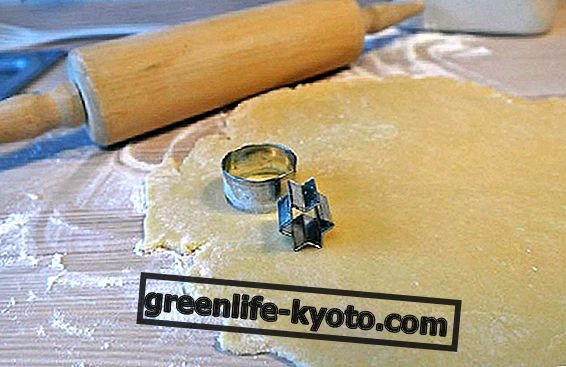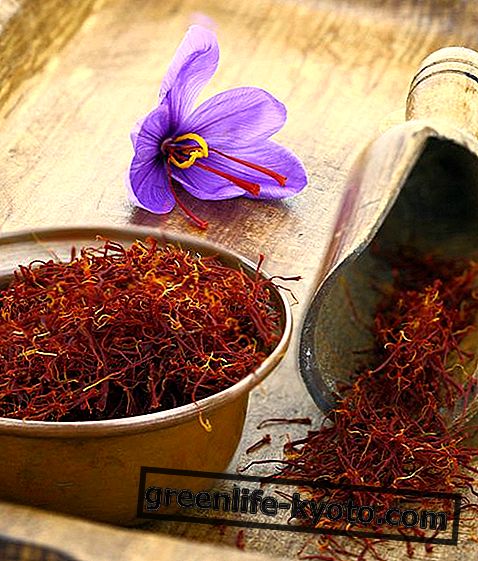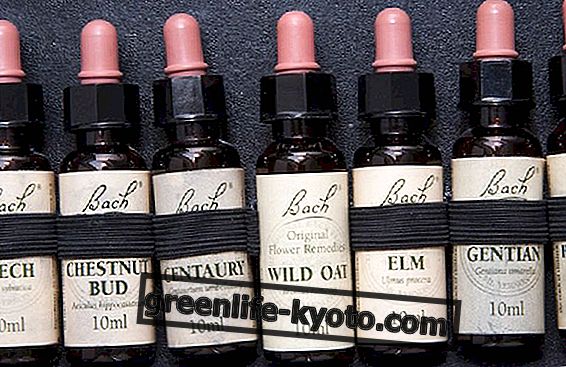Red algae are widely used both in the kitchen and in cosmetics. In fact, they are used as thickeners and food stabilizers, but also for the treatment of obesity and cellulite. Let's find out better.
>
>

Description of red algae
Red algae or Rhodophyta, from the Greek "pink plant", is a eukaryotic organism that generally lives in warm seas, but not only. Also species of red freshwater algae have been identified. Among the red algae we find Chondrus crispus, and the species related to it, very common along the northern coasts of the Atlantic ocean, where they form carpets in the sub-sea zone.
Red seaweeds are abundant in clear tropical waters, where their red pigment, phycoerythrin, allows photosynthesis to take place at greater depth than green algae. These algae are reddish in color due to the presence of the characteristic red pigment, mixed with bluish pigments, the phycocyanins: the combination of these colors, together with chlorophyll, generates typically red algae or, in other cases, purplish.
Approximately 4, 000 different species of red algae have been identified, considered by many scholars and specialists as bio-builders, due to their ability to contribute to the formation of sedimentary rocks.
These algae are indeed important in the formation of coral reefs, as they produce new material and cement other organisms together. The use of red algae, and algae in general, is particularly common in the East, where they are grown and considered a gastronomic delicacy.
Properties and use of red algae
Red algae are generally used both in the kitchen and in cosmetics. In the kitchen as thickeners, emulsifiers, gelling agents and stabilizers. Red algae are also used as adjuvants in the treatment of obesity, overweight, cellulite and related disorders.
In cosmetics for the packaging of anti-aging creams, muds, moisturizing, elasticizing and anti-cellulite emulsions. In fact, their composition is known, rich in precious mineral salts coming from the sea, and iodine, which can benefit the organism both from inside and from outside; they are used a lot in thalassotherapy .
The species Palmaria palmata and Porphyra, for example, typical of British seas, are used as food for human consumption. In particular, Palmaria has a strong and spicy taste and is dark red in color: it is used for the preparation of tasty soups and to enrich seasonings .
It seems that algae also have a certain anti-stress power and regulate the production of keratin, very important for nails and hair, but also to counteract eczema and psoriasis. More and more creams, lotions, detergents contain red algae, useful to prevent skin impurities and to give vitality to mature skin.
It also has an effective moisturizing and protective capacity, useful against pollution and external agents. In the industrial sector, the products obtained from the processing of red algae are used as a car polish and in paints.
Also find out what are the enemy algae of cellulite

Benefits of red algae
The richness of the algae is generally in the high quantity of precious minerals that make up, such as magnesium, calcium and potassium. Red algae are mainly made of cellulose and have photo-synthesizing properties. In general, the cellular wall of red algae is a source of polysaccharides, such as agar agar, and of carregenine, gelatinous substances used in food, diet (they promote a sense of satiety and are natural laxatives ), industrial and cosmetic, such as gelatin or thickener.
Red algae have the ability to tone and revitalize the epidermis, particularly if the skin is dry, lacking in tone, dull and tired. Red alga is an excellent bactericide, it also works as an anti-free radical, purifying, antioxidant and anticancer.
The other beneficial properties of the alga are due to the high content of minerals, such as zinc, essential oil, polysaccharide starches, iodine and a good dose of vitamin C, B vitamins and PP. The red algae also seems to have the property of absorbing X-rays that can harm the body and is good for the hair.
Contraindications
Given the iodine content, the red algae is contraindicated in case of hyperthyroidism and should however be taken with caution even in cases of alleged altered thyroid function.
In the presence of hypertension it is advisable to consult a doctor before use and it is generally contraindicated during pregnancy. Overdose can cause tremors, tachycardia, high blood pressure, diarrhea.













